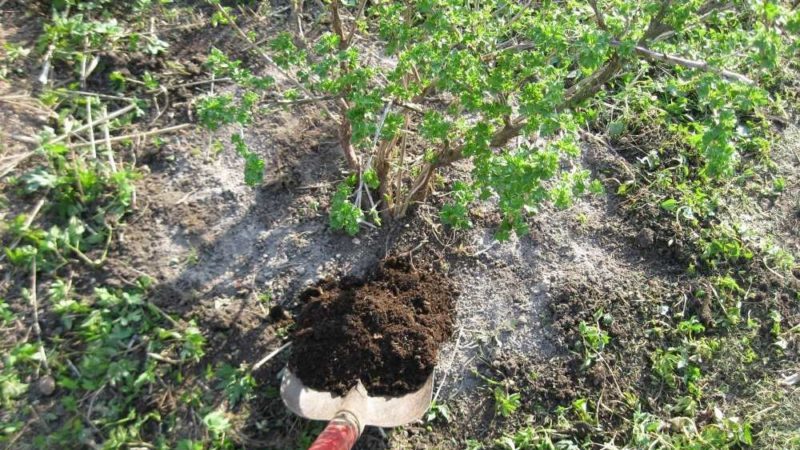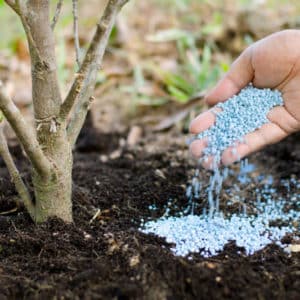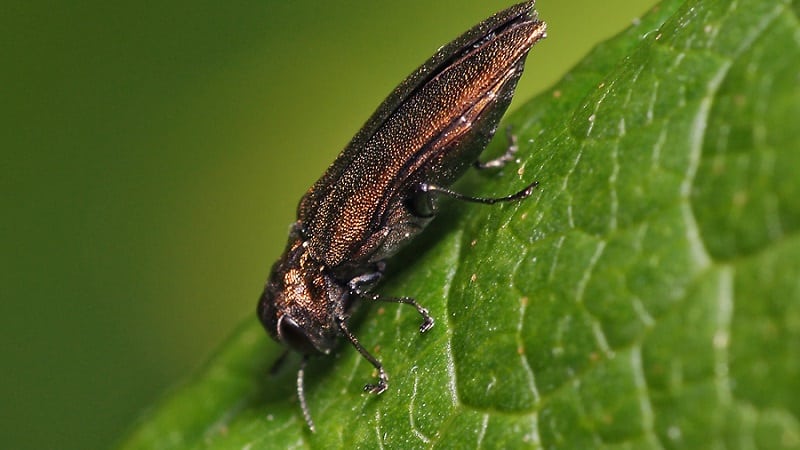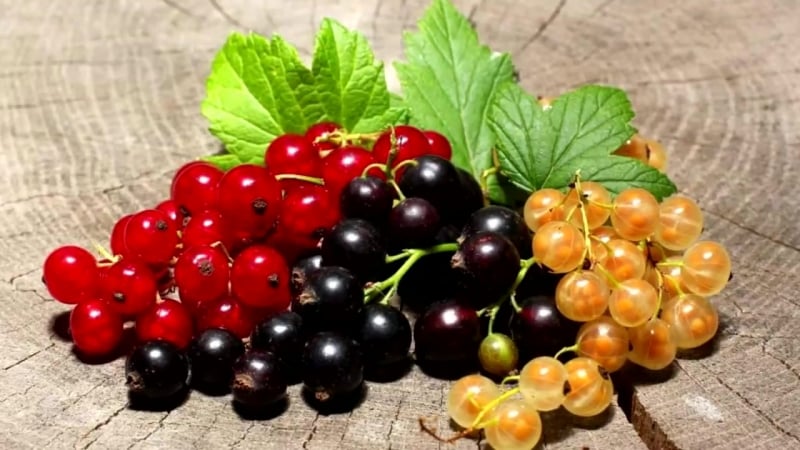Proper care and cultivation of currants
Red, green, black and gold - breeders have developed hundreds of varieties of garden currants. The berry has a pleasant sweet and sour taste, is easy to grow, and has strong immunity. Jam and compotes are prepared from the fruits, and aromatic tea is brewed from the leaves. Every Russian gardener dreams of a rich currant harvest. In this article we will look in detail at how to grow berries in open ground and what recommendations to follow.
Choosing a currant variety
When choosing a variety, summer residents pay attention to the berry’s resistance to frost, ripening period, and immunity to diseases and pests. For regions with warm and long summers, late-ripening varieties - Alexandrina or Bagheera - are suitable. They are grown in many regions of Russia, the fruits are large and tasty.
For the Urals and Siberia, it is recommended to choose early varieties - Vika or Exotic. They produce a harvest by the end of June and do not suffer due to sudden changes in weather throughout the summer.
Frost-resistant varieties, such as Dachnitsa or Yadrenaya, are also suitable for growing in cold regions. They can withstand temperatures down to -36°C, are unpretentious in care and are resistant to fungal diseases. If the shrub is planted in central Russia, choose the Beloved or Extreme varieties. They are unpretentious, produce rich harvests on all types of soil, and are rarely damaged by pests.
Attention! When buying a seedling, ask the seller what size the currant berries are, what their taste and aroma are.How are the fruits used: for fresh consumption or processing, what are their transportable qualities.
For many gardeners, the appearance of the shrub is also important. Black and red currants are often used as hedges or to decorate garden plots. In this case, neat, low-growing varieties are taken into account. This is Vela or Kalinovka currant.
Planting bushes

Red and black currants are planted in spring or autumn. The advantage of spring planting is that summer residents purchase fresh young seedlings and immediately plant the soil - there is no need to create additional storage conditions. The disadvantage of planting in spring is the high probability of freezing of the bushes, especially in the northern regions.
Autumn planting is more popular among experienced summer residents. There is time to prepare a planting hole and carry out preventive treatments of the land against diseases and pests during the summer. In autumn, the soil has long been warmed up, the main thing is to have time to plant the shrubs before the first frost.
Location requirements
For all types of currants, non-acidic (pH level about 7) and loose soil with a balanced content of microelements is suitable. Choose a sunny place, because from a lack of light the plant slows down its growth, the fruits grow small and sour.
The site must be protected from gusty winds, so many people grow currants on slightly hilly lands. A common option for planting currants is along the fence or in the corners.
The groundwater level must be no closer than 2 m to the surface of the earth, otherwise the root system of the plant will slowly rot due to waterlogging. Suitable neighbors for currants are gooseberries, peach, apple trees, and cherries. Unfavorable neighborhood - plum or pear.
Preparing the planting hole
The hole for currants is prepared 1-2 months before planting. The soil is dug up with a shovel and leveled, all last year's garbage, fallen leaves and weeds are removed from the site. It is important that there are no large lumps of earth. They are broken up with a shovel and mixed with the main mass. The depth of the hole is about 50 cm, this is enough for the root system to develop without problems.
To make the earth more nutritious, it is mixed with wood ash and nitroammophos (per 1 kg of earth there are 100 g of ash and 5 g of the substance). The mixture is thoroughly mixed and placed at the base of the hole. Afterwards, water the soil abundantly and wait until the planting date.
Preparation of planting material
When choosing a currant seedling, pay attention to its appearance. Inexperienced summer residents make the mistake of buying damaged or diseased planting material. This can be recognized by spots and traces of rot, as well as by the dryness of the shoots. A suitable seedling should show no signs of deformation or infection.
Attention! A healthy seedling has about 3-5 skeletal branches in a lignified state, about 20 cm long, and well-developed fibrous roots. The above-ground part of the plant consists of 1-2 shoots 30 cm long.
Before planting, seedlings are stored in soil slurry. Dig a groove 20 cm deep, fill it with water and stir. The seedling is removed from a plastic bag or burlap and placed in a hole. You can sprinkle the currants with earth on top, but not too much.
Landing instructions

After the hole has been dug and fertilized, planting begins. Currants are planted in the morning, on a windless and cloudy day.
Landing instructions:
- the planting hole is watered;
- remove the seedling from the digging site, straighten the roots and place it in the hole at an angle of 45°;
- buried 5 cm above the root collar;
- cover with light soil or soil mixture and compact carefully;
- water the seedling again;
- cut the plant by 1/3 - to balance the roots and good growth in the first year.
The seedlings are placed at an angle of 45°, because such planting guarantees the growth of additional roots, making the bush powerful and fruitful. If you place the seedling at a right angle, a single-stem low-yielding shrub will form.
How to care for currants
Caring for and growing currants is a simple process, but with its own characteristics. If you follow all the recommendations, any novice gardener will be able to get a rich harvest.
Watering
The currant root system does not tolerate waterlogging, so the bush is rarely watered, only when the soil dries out. If the soil is dry and crumbles in your hands, then it’s time to moisten the plant. If the soil is heavy and homogeneous, it is better to postpone watering. They use melt or rain water; it is soft and has a high content of natural oxygen. If such water is not at hand, use tap water after heating it in the sun.
Water the currants at the root in special holes 10-15 cm deep. If the summer is hot and dry, gardeners use the sprinkling method - pour water into a spray bottle and spray it over the plant. Alternating regular watering and sprinkling gives the berry bush the necessary level of moisture.
Top dressing

Currants are fertilized throughout the growing season. in spring feeding apply to stimulate flowering - 10 g of dry nitroammophoska or a solution of potassium sulfate (10 g per 1 liter of water) under the bush. Before this, the soil is loosened and watered abundantly. Feeding stimulate the development of shoots and normalize metabolism, making plants less likely to get sick.
After 3-4 weeks, attention is paid to ready-made complex fertilizers. Thanks to them, the fruits become large and juicy, have attractive commercial qualities and transportability. Gardeners use Gumi-Omi or Agricola. They are enriched with microelements, organic acids and humates, and are safe for the environment.
Attention! A lack of microelements is dangerous for currants, as is an excess. Therefore, gardeners follow the dosages specified by the manufacturer and the timing of fertilizer application. Otherwise, excess substances will lead to berry drop and disease.
Trimming

Pruning is carried out from the second year after planting. First, this is a formative procedure - summer residents give the bush the desired shape, cutting out all the unnecessary shoots that grow in different directions. Thanks to this, the fruits are formed evenly, they have enough space and sunlight for normal development.
Sanitation is carried out annually pruning - This is a preventive measure against diseases and insect pests. In the process, dry, broken, damaged shoots are removed. The cut areas are lubricated with garden varnish to prevent the development of pathogens.
7-8 years after planting, anti-aging pruning is carried out. Summer residents remove all shoots and lateral shoots, as well as dry, non-fruit-bearing branches. The rejuvenating procedure increases the life of the plant, the bush becomes well-groomed and neat, and productivity increases.
Mulching
The mulch layer protects the root system from insect pests and sunburn and retains moisture in the soil. Compost or humus is used as mulch for currants, the layer thickness is no more than 2 cm.
Organic mulch is also useful because during the decomposition process it nourishes the soil and increases its fertility. Mulch the currants after each watering, evenly distributing them near the bush. Also, mown straw, sawdust, hay, leaves, bark or cake are used as mulch.
Harvesting

Ripening time depends on the growing region and variety. Early varieties ripen by mid-June, middle ones 2-3 weeks later, and late ripening varieties by the end of July.
The fruiting period lasts on average 2-3 weeks; the berries are collected gradually, in several passes. Summer residents do not recommend keeping fruits on the bush - they will lose their taste and benefits or fall off. It is better to harvest 1-2 days earlier.
The ripeness of berries is determined by the following characteristics:
- the fruits are easily separated from the stalk;
- acquired a color characteristic of the variety;
- the twig with berries turned brown;
- the skin is slightly translucent;
- The consistency of the berries is elastic.
Protection from diseases and pests

Common diseases of currants - anthracnose, terryness, striped mosaic. They arise due to agrotechnical errors, hot climate and waterlogging, and lack of nutrients.
To combat, gardeners use a solution of Bordeaux mixture or the drug “HOM” - they spray the bushes, after removing damaged shoots, fruits and leaves. If the disease has affected most of the plant, then use “Quadris”, “Maxim”, “Aktellik”.
Among the pests of currants there are leaf gall midges, borers, kidney mite, fire. Some feed on the sap of the plant, others gnaw out leaf plates and fruits. For control, insecticides “Bazudin”, “Aktara”, “Iskra-Bio” are used.They are effective for any type of currant, quickly penetrate the plant and destroy the pest.
Shelter for the winter
To prevent the shoots from freezing in winter, they are covered with burlap or a special material based on polypropylene granules. It allows air to pass through and provides an optimal level of humidity for wintering.
Before covering, currants are fed with potassium salt, dry and weak branches are cut off, and covered with leaf or turf soil. As soon as the soil is covered with a thin crust of ice, summer residents install supports near each bush and tie currants to them.
German method of growing currants
German technology for growing currants is popular among gardeners around the world. According to the method, seedlings are planted at a distance of 40-70 cm from each other - this makes it easier to water and fertilize them. Immediately after harvesting, German gardeners cut out all fruit-bearing shoots, leaving 3-5 young branches.
In the fall, moisture-recharging irrigation is carried out - after leaf fall on 1 sq. m pour about 70 liters of water. They also carry out preventive measures before winter - they treat plants to protect them from diseases and pests.
Thanks to the German method, the bushes are well lit and ventilated, and the very next year large clusters with juicy berries appear.
Features of caring for black, red, white currants

Black currants have a fibrous root system, so frequent loosening and weeding is required to ensure that the water is directed precisely to the target. Red and white berries, on the contrary, have roots spread out in different directions, and it is easier for such shrubs to get water. It is important to avoid over-moistening. Red berries especially do not tolerate excess water - the pulp becomes very sour.
In terms of winter hardiness, red and white currants are superior to black currants, so the latter requires mandatory shelter for the winter. Also, black currants are often fertilized - for a rich harvest, they need regular organic and complex fertilizing. For example, the red one is fed 2 times per season, and the black one - 3-4.
Nuances for different regions
For a good harvest in regions with a changeable climate, shrubs are covered for the winter. Otherwise, they will freeze and will take time to recover. In spring, the shelter is removed immediately after the sap begins to flow - this is the end of March or the beginning of April. Afterwards, pruning and water-replenishing watering are carried out, and they are fertilized with liquid organic matter - an infusion of manure or compost.
When growing in the south, attention is paid to sprinkling and ventilation of the bushes. When planting, make sure that the distance between spreading and tall bushes is at least 2 m, between low-growing bushes - at least 1.5 m. Do not plant currants in the shade of fruit trees. Every week, summer residents loosen and moisten the soil and keep the beds clean.
Advice from experienced gardeners

Simple recommendations will help you avoid mistakes in agricultural technology:
- at the planting stage, supports are installed near tall bushes;
- the wider the crown of an adult bush, the wider the planting hole should be;
- Nitrogen-containing fertilizers are applied in May, and potassium-phosphorus fertilizers in the summer;
- watering is stopped 2 weeks before harvest;
- bindweeds are regularly removed - this weed loves currants;
- To prevent fallen berries from spoiling, an oilcloth is placed under the bush.
Conclusion
Currants prefer light and nutritious soils. The hole for planting is prepared 1-2 months in advance - the soil is dug up onto the bayonet of a shovel, fertilized with organic matter and minerals.After planting, the seedling is watered and mulched, and after 2 weeks fertilizer is applied.
At the end of spring, the bush is fed with nitrogen-containing preparations, in the summer - with potassium-phosphorus preparations. Throughout the growing season, plants are treated with Bordeaux mixture to protect against diseases and pests. In cold regions they are covered with burlap for the winter.